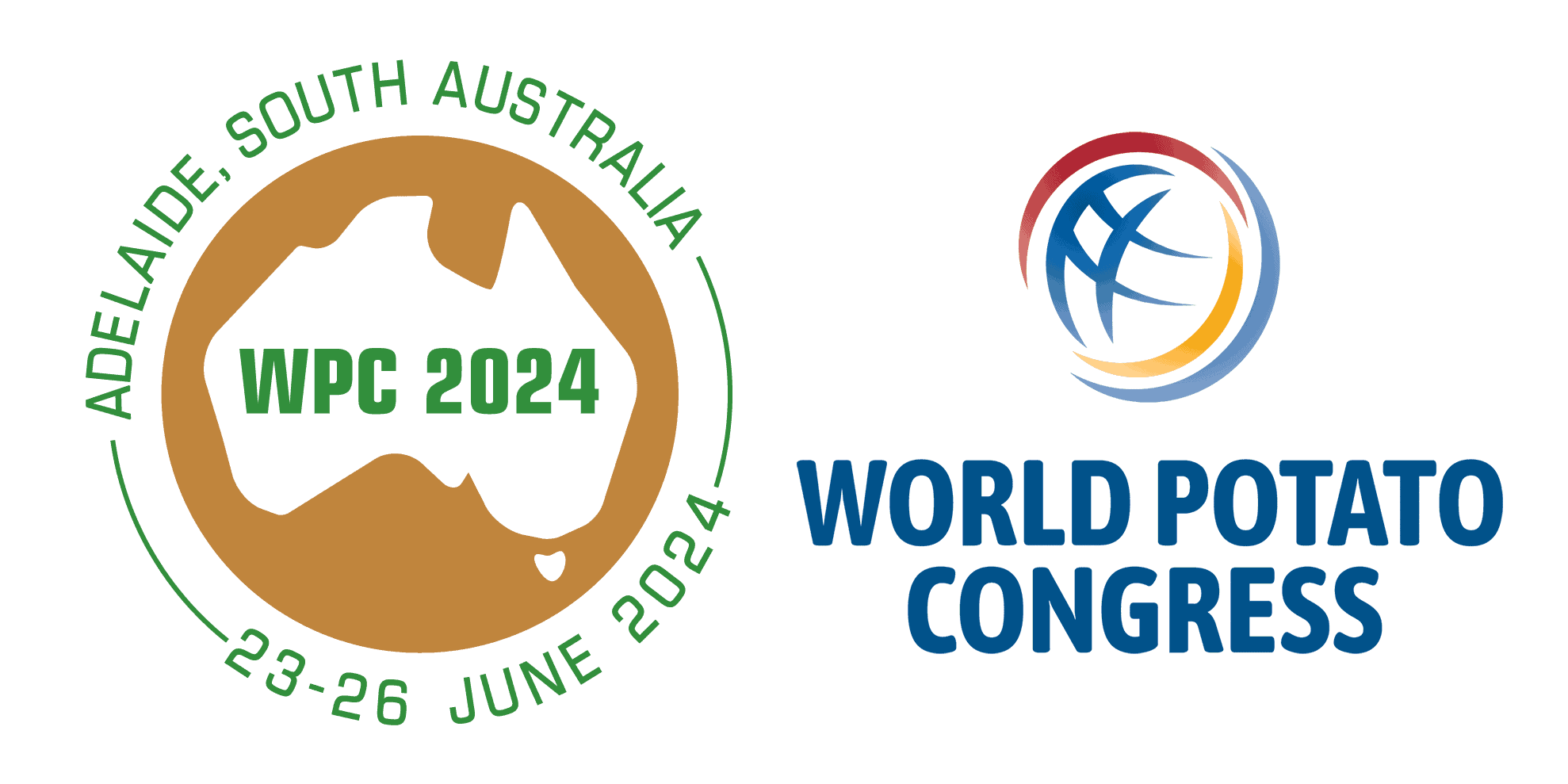Research, Development & Extension (RD&E) is one of the four themes driving Potatoes New Zealand Inc (PNZ)’s strategic plan. The other three being Markets, Quality and Industry Good initiatives.
There are two parts of Potatoes New Zealand’s RD&E programme;
- Part A – on-farm productivity innovations, including plant breeding, and the development and extension activities on-farm to achieve actual gains for growers.
- Part B – process innovations for the manufacturing sector to increase manufacturing productivity and includes new product innovations and the utilisation of waste streams.
A key purpose of the commodity levy paid by Growers is to provide funding for Potatoes New Zealand’s RD&E programme. It is therefore important that you vote YES to in the current Levy Referendum to allow this research to continue.
There are currently 18 active RD&E projects. Click here to view all project updates. Here are some of the latest updates from Jen Linton, Potato Research Manager, FAR…
Realising potato export value – project 1
This six year, MBIE funded programme is directed at addressing the Tomato Potato Psyllid (TPP)/CandidatusLiberibacter solanacearum (Lso) pest/disease complex. The project has multiple aims and is still in its early days. Some aims are as follows; 1) development of disruptant/attractant-based tools through understanding psyllid sensory cues; 2) providing better management information through understanding TPP population genetics and Lso association, as well as insecticide resistance status of TPP; 3) making progress toward developing resistant or tolerant potato cultivars; and 4) stakeholder communication to ensure technology transfer and uptake.
Transforming variability into profitability – project 5
This project is seeking a simple method of integrating geospatial soil, plant and crop harvest characteristics in order to analyse profitability, and aid in decision making processes. As well as increasing profits, this will also improve sustainability through the reduction of unnecessary inputs which may enter the environment. This season is the second year of this three year SFF project.
Effects of biofumigation on Rhizoctonia solaniand evaluation of non-target effects – project 6
This three year Lincoln University PhD project is investigating the ability of different brassica crops to suppress Rhizoctonia solani. The project looks at biofumigation tissue types, flowering times, crop rotations and soil incorporation. This project is due to be completed in June of this year.
Improved control of TPP with the TPP parasitoid Tamarixia Triozae – project 10
The goal of this project is to establish self-sustaining populations of the tomato potato psyllid parasitoid Tamarixia, in New Zealand.Since August, Plant & Food Research have carried out a number of releases at multiple sites in the Hawkes’ Bay and Canterbury. The next steps involve collection of TPP infested material from the release sites, to determine whether Tamarixiahave survived the summer. The outcomes of these surveys will be critical to determining the next steps for the release programme.
Don’t muddy the waters – project 12
This SFF project aims to quantify the relative effectiveness of the key practices advocated for reducing sediment and phosphorus loss. While a myriad of factors determine the absolute rate of soil erosion, the project’s goals are achievable by focusing on the relative effectiveness of measures e.g. wheel track ripping reduces erosion by 90% over a four month window. Results will provide growers with increased knowledge and confidence when selecting the most appropriate measures for their situation.
Project Nitrogen: measure it and manage it (Quick N) – project 17
One approach to help guide nitrogen (N) management decisions is the use of a nitrogen mass balance to determine fertiliser N requirements as a function of crop N demand and soil N supply However, measuring soil N is costly and time consuming, so alternative methods are required. The nitrate quick test has been used successfully both overseas and in New Zealand as a cost effective and sufficiently reliable proxy for soil mineral N supply. This SFF project is in its second year of three and looks at the usefulness of the Quick N test in potatoes and other vegetable crops.
Exploring Spongospora suppressive soils in potato production – project 26
This work is being done in collaboration with Plant Health Australia and is examining field soils to determine if they suppress or encourage the quality- and yield-limiting potato diseases caused by Spongospora subterranean. These diseases include tuber powdery scab, root malfunction and root galling. Biological, chemical and physical soil factors are being measured in potato-growing field soils, and potential mechanisms for disease suppression are being assessed. The transferability of specific characteristics tonon-suppressive soils will be evaluated, to determine the potential for manipulating soil factors as a management strategy for Spongospora diseases.
Mesh crop covers – project 33
A mesh trial was set up on a seed potato crop near Methven. Results will be reported in due course.
Fluxmeter project – project 36
A newly established network of drainage fluxmeters on arable and vegetable farms provides an opportunity to measure diffuse nutrient losses and collect information about the crop rotation and farm management practices. This detailed, unique dataset will have increasing value for farmers and scientists as data is collected over time.
Primary Growth Partnership agrichemical project
Work is continuing on an application for a PGP project focusing on agrichemical use and availability.



